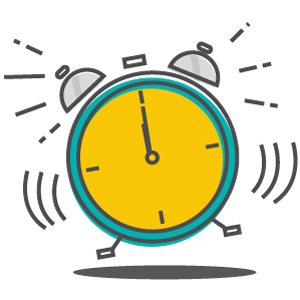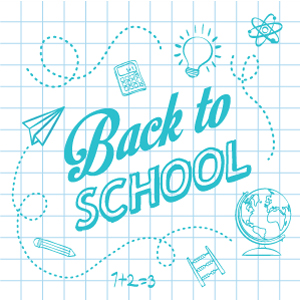If you’ve ever had to spend a day working from home, you know how important it is to have your space ready for your day of work. However, it’s important to periodically take a moment to improve your workspace at home. Whether you work primarily from home or you occasionally spend the day away from the office, here are a few tips for creating the perfect home office. And if you don’t work from home, consider putting a few of these tips in place in your office at work to keep you focused and creative all day long.
Make Sure Your Connection is Ready to Go
Whether it’s your telephone, an internet connection, or both, it’s essential to be able to touch base with your coworkers when you have a question or need to move quickly on a project. While many people work from home to increase their focus, that connection is still essential. After all, you never know when you’ll need that lifeline to get your project done.
Make Your Home Office Feel Like Work Away From Work
You’ve heard of a home away from home—make sure your home office is your work away from work! Be ready to close yourself off from the rest of the house so that you can get yourself into work mode. This is especially true if you’re prone to distraction. Having a different style for your home office and shutting the door when it’s time to get to work can help keep you from getting distracted by laundry, cooking dinner, mowing the lawn, or dusting.
Invest In a Great Chair
Have you ever had to work in an uncomfortable chair? It can have a huge impact on how effectively you work, and if you’re going to spend hours in a chair you want to make sure it’s comfortable. Consider getting an ergonomic chair—and even an ergonomic keyboard—to keep yourself working effectively.
Give it Some Color
Having a colorful, nice-looking space can be a big boost to your productivity, and from light levels to the color of your surroundings, there are a lot of ways that having the right environment can help you work more effectively. Both blue and green have been shown to enhance performance on creative tasks, while those looking to improve their attention to detail might find the color red to be an ideal fit. Light levels can make a big difference, too—a dimmer environment can foster creativity, while bright lights have been shown to be better for analytical thought.
And paint or colored art aren’t the only way to keep you working effectively. Research has repeatedly shown that office plants can improve your productivity, and a window with a view can particularly help you recharge if you have a view of a natural landscape.
How do you create an ideal workspace? We’d love to hear your tips in the comments below.
 Matte finishes are back on trend, and your customers should consider them for their next print piece! Whether they love the look of an uncoated stock or are looking for a subtle touch of metal without a high gloss shine, matte finishes, here are just a few of the reasons your customers should use matte finishes for their next print piece.
Matte finishes are back on trend, and your customers should consider them for their next print piece! Whether they love the look of an uncoated stock or are looking for a subtle touch of metal without a high gloss shine, matte finishes, here are just a few of the reasons your customers should use matte finishes for their next print piece.
 The summer is nearly over, and soon students will be going back to school.
The summer is nearly over, and soon students will be going back to school.